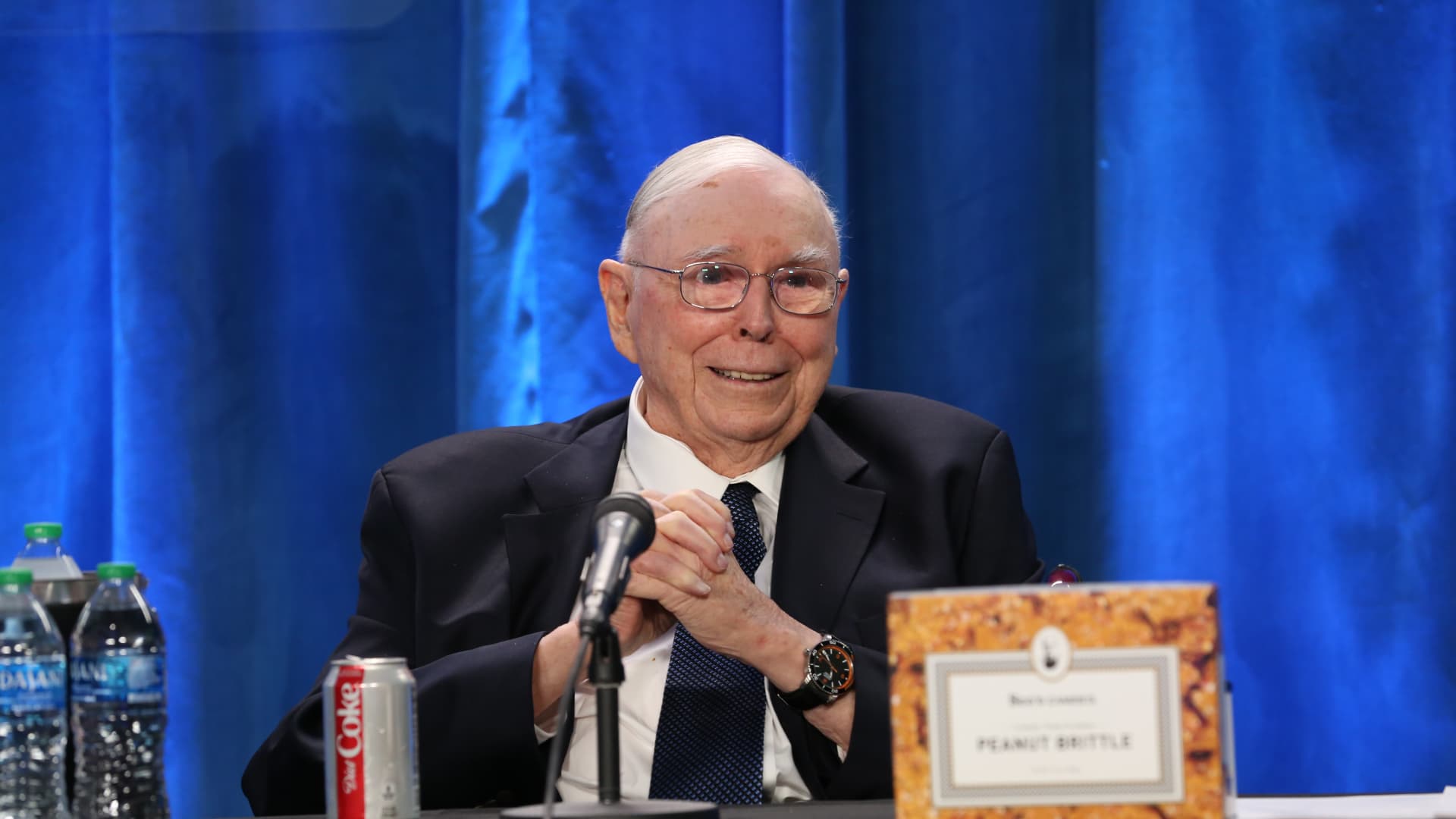An Israeli attack on Iran could send oil prices above $100 as tensions mount

Beset by near-universal bearish outlooks just a month ago, oil prices could spike to more than $100 a barrel in the event of an Israeli attack on Iran, some analysts are warning. Crude prices spiked as much as 5% overnight — before paring gains — on fears of military escalation between Iran and Israel as President Donald Trump announced the withdrawal of some U.S. personnel from embassies and bases across the Middle East. The front-month August contract for global benchmark Brent crude was trading at $69 per barrel at 3:20 p.m. ET on Thursday, while the front-month July U.S. WTI contract was at $67.7 per barrel. “They [U.S. military personnel] are being moved out because it could be a dangerous place and we will see what happens… We have given notice to move out,” Trump told reporters on Wednesday. The Pentagon has ordered the withdrawal of troops and non-essential staff from embassies in Baghdad, Kuwait and Bahrain. The jury is still out as to whether the moves are a pressure play ahead of upcoming U.S.-Iran nuclear talks, or whether the U.S., Israel and Iran are truly on the verge of conflict. The geopolitical risk premium is “already at least partially reflected in current oil prices,” according to J.P. Morgan’s global commodities research team, citing Brent crude trading at just under $70 a barrel, already above its model-derived fair value figure of $66 for June. “This suggests an elevated 7% probability of a worst-case scenario, where the price reaction is exponential rather than linear, with the impact on supply potentially extending beyond a 2.1 mbd (million barrels per day) reduction in Iranian oil exports,” the bank’s research team wrote in a note published Thursday. Iran is OPEC’s third-largest crude producer. Israel appears ready to attack Iran, according to reports citing U.S. and European officials, and Israeli Prime Minister Benjamin Netanyahu has been pressing Trump to allow strikes. But the American president said in late May that he had warned Netanyahu against attacking Iran while negotiations with Washington were under way. U.S. Middle East envoy Steve Witkoff is currently set to meet with Iranian Foreign Minister Abbas Araghchi in Oman on Sunday for a sixth round of negotiations. Strait of Hormuz in focus Oil traders are focusing on the potential of a wider conflict shutting down the Strait of Hormuz, a critical chokepoint through which 20% of the volume of the world’s total oil consumption passes daily. The British Navy on Wednesday issued a rare warning to ships in the region, saying it had “been made aware of increased tensions within the region which could lead to an escalation of military activity having a direct impact on mariners.” It urged caution for vessels transiting “the Arabian Gulf, Gulf of Oman and Straits of Hormuz.” Beyond that, J.P. Morgan warned, “a more general Middle East conflagration could ignite retaliatory responses from major oil producing countries in the region responsible for a third of global oil output.” “Under this severe outcome,” the bank’s analysts wrote, “we estimate oil prices could surge to the $120-130/bbl range.” Even before the latest uptick in tensions, some oil industry watchers were already making bullish calls despite a flood of announced OPEC+ supply coming onto the market, and lower global growth and demand forecasts due to trade and tariff tensions. Josh Young, founder and chief investment officer at Houston-based Bison Interests, told CNBC in late May that physical markets are more tightly supplied than previously thought, and with several oil rigs in the U.S. shale patch coming offline just as the U.S. summer driving season begins, markets should be preparing for Brent crude at $85 a barrel. “The pure inventory versus consumption would indicate $85 [per barrel], which is way higher than where we are right now. It’s almost uncomfortable to say that, but that’s the current price implied by inventories,” Young told CNBC’s Access Middle East. He cited his forecast figure as “fair value,” arguing that “typically, you go from too cheap to too expensive. So I don’t think we should be ruling out $100 oil this year. And I think if there is a geopolitical risk, it could get even higher.” Without the geopolitical risk premium — namely, a conflict with Iran — Young still sees crude coming up to the $80 to $85 per barrel range, particularly in the event of trade deals being reached and Trump’s tariffs being lowered. The outlook is boosted by this month’s forecast from the U.S. Energy Information Administration, which sees a decline in U.S. oil production for the first time since the Covid-19 pandemic due to slower drilling activity and a declining rig count. Such bullish forecasts are certainly not the norm, however. Without a military attack on Iran, J.P. Morgan’s base case for oil “remains in the low-to-mid $60s oil for the remainder of 2025, and $60 in 2026.” Goldman Sachs also maintains an oil price forecast in the $50 to $60 per barrel range for this and next year, despite noting an improving demand picture, downside risks to U.S. supply and geopolitical tensions. The recent rise in inventories due to OPEC+ output increases, “supports our cautious oil price forecast, with Brent expected to average $60 for the rest of 2025 and $56 in 2026,” the bank’s commodities team wrote. “However, small misses in OPEC+ supply suggest that lower-than-anticipated spare capacity represents an upside risk to our price forecast.”









